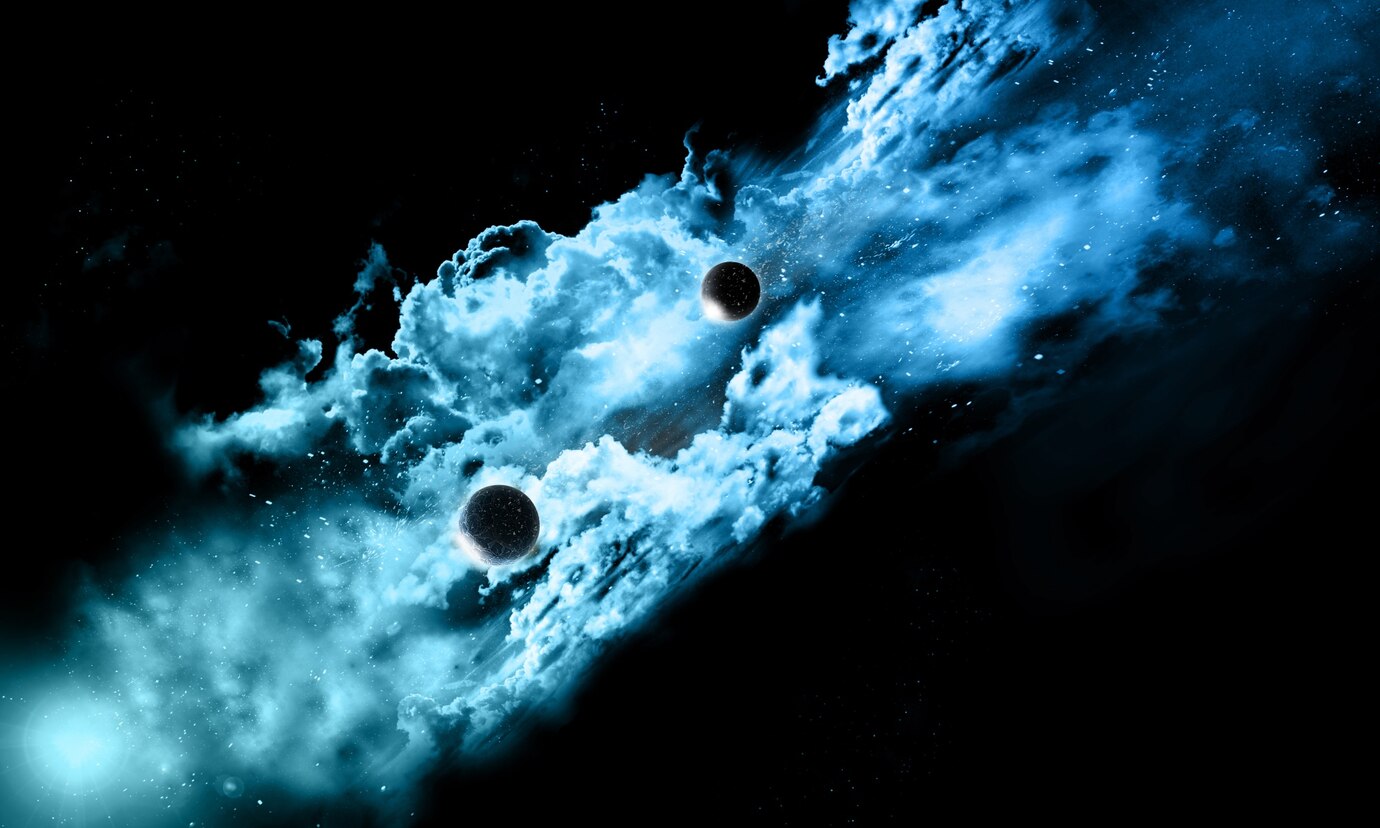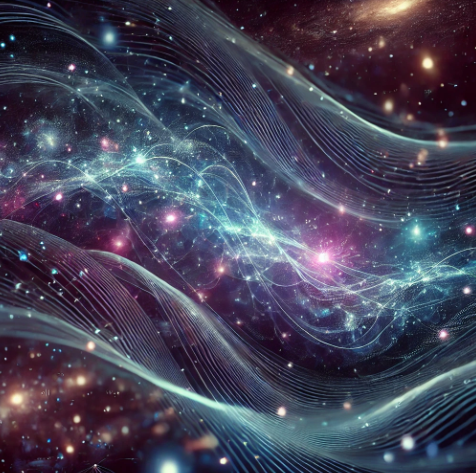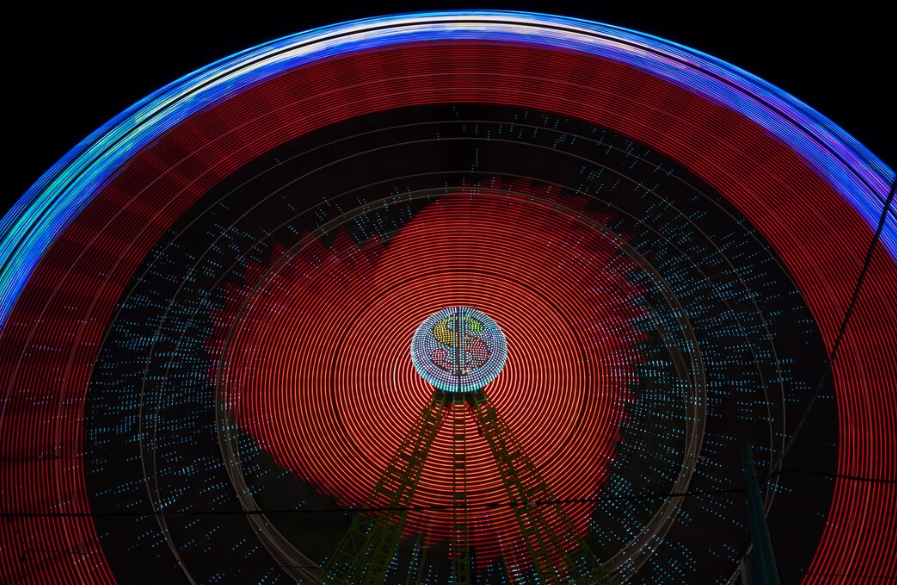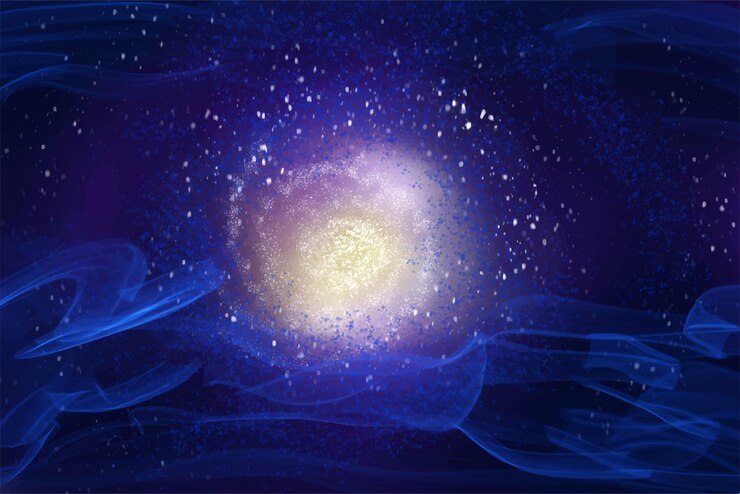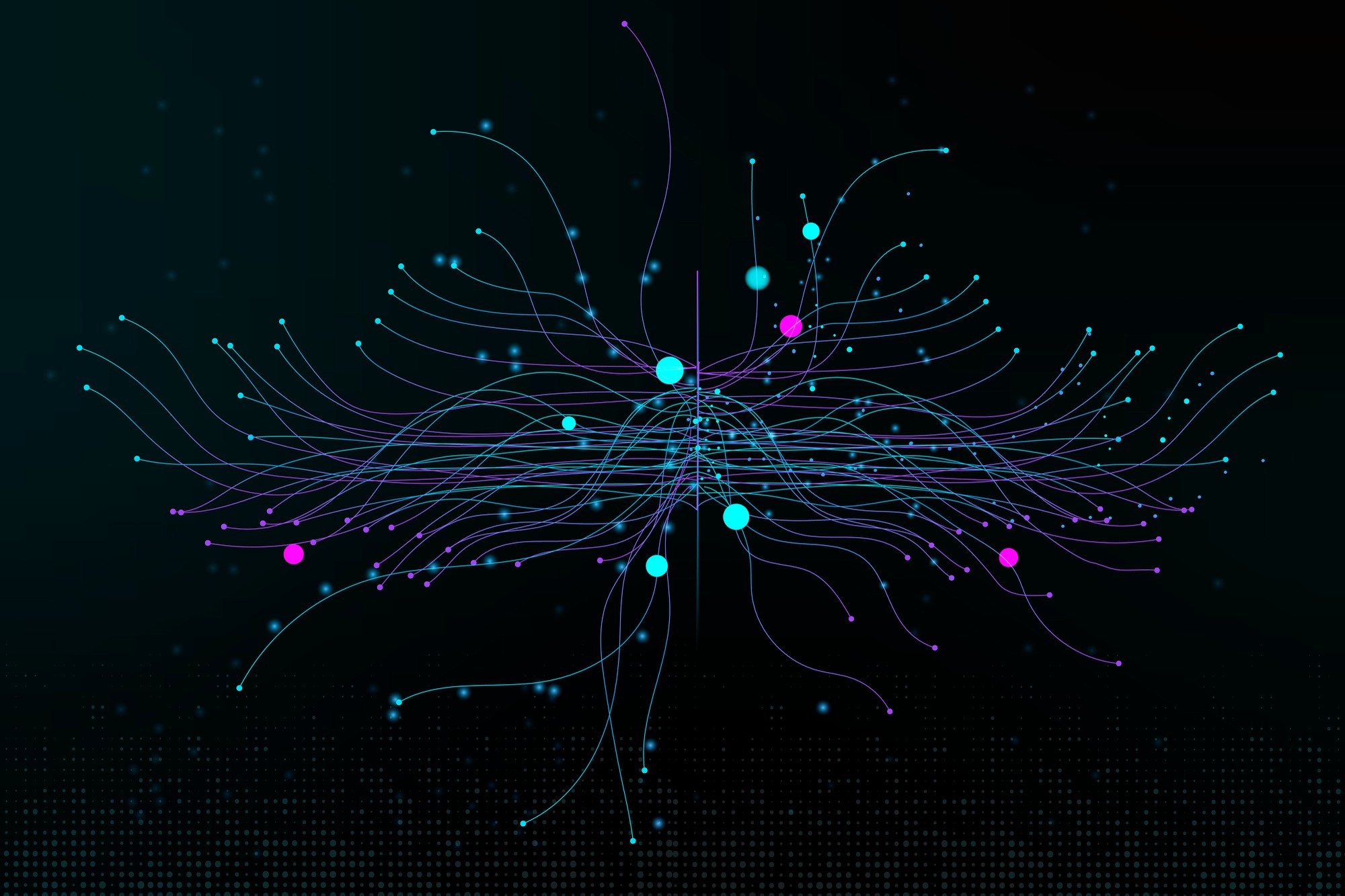Every second, trillions of invisible particles slip through your body, your phone, even entire planets—like cosmic phantoms. These are neutrinos, nature’s ultimate ghosts.
Born in the hearts of stars, supernovae, and nuclear reactors, they flood the universe yet barely interact with anything. Why do these particles—so abundant yet so elusive—defy our understanding? Let’s unravel the mystery.
What Are Neutrinos?
Neutrinos are subatomic phantoms:
- Nearly Massless: Billions of times lighter than electrons.
- Electrically Neutral: No charge, so they ignore magnetic fields.
- Weakly Interacting: They pass through a light-year of lead without a scratch.
They’re produced in nuclear fires—like the Sun’s core (65 billion neutrinos per cm² hit Earth every second) and dying stars’ explosive finales. Yet detecting them? Like catching smoke with a butterfly net.
Discovery: From Desperation to Nobel Prize
In 1930, Wolfgang Pauli proposed neutrinos to save a dying theory. Radioactive decay seemed to lose energy, violating physics’ sacred laws. Pauli’s fix: an invisible particle carrying the missing energy. He called it a “desperate remedy,” joking, “I’ve done a terrible thing—I’ve invented a particle no one can detect.”
He was almost right. It took 26 years until Clyde Cowan and Frederick Reines trapped neutrinos near a nuclear reactor in 1956. Their tool? A 10-ton tank of water and gallium chloride. The feat won them a Nobel Prize—and proved even ghosts leave footprints.
The Science: Why Neutrinos Boggle Minds
1. The Three Flavor Shuffle
Neutrinos come in three “flavors”:
- Electron
- Muon
- Tau
But they’re indecisive. As they travel, they oscillate—morphing from one flavor to another. Imagine biting a chocolate chip cookie and tasting vanilla, then strawberry mid-chew.
2. The Mass Mystery
For decades, neutrinos were assumed massless. Then in 2001, Japan’s Super-Kamiokande detector proved they do have mass—but how?
- Their mass is a millionth of an electron’s, making them the lightest particles with mass.
- This tiny weight hints at physics beyond the Standard Model. Are they cosmic outliers—or messengers of new laws?
3. Cosmic Whisperers
Neutrinos fly unscathed through planets, magnetic fields, and entire galaxies. When a star explodes as a supernova, 99% of its energy escapes as neutrinos. They’re the universe’s text messages—uncensored and pristine.
Real-Life Neutrino Hacks
- Nuclear Sleuthing: Neutrinos spill secrets of nuclear reactors. Detect them, and you can monitor rogue weapons programs—no satellite needed.
- Supernova Alerts: In 1987, detectors caught neutrinos from a supernova 3 hours before light arrived. Future neutrino “alerts” could give astronomers a head start.
- IceCube’s Deep Freeze: The IceCube Observatory in Antarctica uses a cubic kilometer of ice to catch neutrinos. When one hits, it glows blue—a ghostly fingerprint.
The Big Mystery: Why Do Neutrinos Have Mass?
Their tiny mass breaks the Standard Model. Theories abound:
- Seesaw Mechanism: Neutrinos’ lightness balances hypothetical superheavy particles.
- Sterile Neutrinos: A fourth, even ghostlier neutrino that dodges all matter.
- Cosmic Architects: Neutrinos shaped the early universe. Their mass might explain why galaxies clump instead of scattering like confetti.
Philosophical Ghost Stories
- What’s the Universe Made Of? Neutrinos outnumber atoms a billion to one. If they vanished, would galaxies unravel?
- Are We Missing a Cosmic Layer? If neutrinos interact so weakly, could other “ghost” particles be hiding in plain sight?
- The Limits of Science: Pauli doubted we’d ever detect neutrinos. What else might we be certain is undetectable—until we’re not?
Hunting Ghosts: How We Catch Neutrinos
- Super-Kamiokande: A Tokyo detector filled with 50,000 tons of water. When a neutrino strikes, it flashes a faint blue light (Cherenkov radiation).
- DUNE (Deep Underground Neutrino Experiment): Sends neutrinos 800 miles through Earth from Illinois to South Dakota to study their oscillations.
- Space Neutrinos: NASA’s planned POEMMA satellite will hunt ultra-high-energy neutrinos from black hole mergers.
FAQ: Neutrinos Unmasked
Q: Do neutrinos harm us?
A: Nope! Trillions pass through you daily without a trace. A supernova blast nearby? That’s another story—its neutrinos could cook you. Luckily, the last nearby one was in 1604.
Q: Can neutrinos explain dark matter?
A: Probably not—they’re too light. But sterile neutrinos (if they exist) might.
Q: Why care about particles we can’t see?
A: They’re clues to the universe’s birth certificate. Neutrinos from the Big Bang still roam space—detect them, and you’ve touched the cosmic dawn.
Final Thoughts: The Ghosts That Built the Universe
Neutrinos are more than physics’ inside joke—they’re a paradox. The most common particles, yet the hardest to know. The lightest, yet shaping galaxies. The weakest, yet surviving cosmic chaos.
As physicist Raymond Davis Jr. (who first caught solar neutrinos) said, “Neutrinos are like bank robbers—they leave no fingerprints, but you know they’ve been there.”
What do you think?
Are neutrinos the universe’s shy storytellers, or just quirky footnotes? Share your theories below—and for more mind-bending science, dive into Grandfather Paradox: Can We Change the Past Without Destroying the Future?.
Subscribe for more tales from the quantum frontier!
Disclaimer: This article discusses scientific research and theoretical ideas. Neutrinos are experimentally confirmed, but their mass origins and sterile variants remain unproven.
